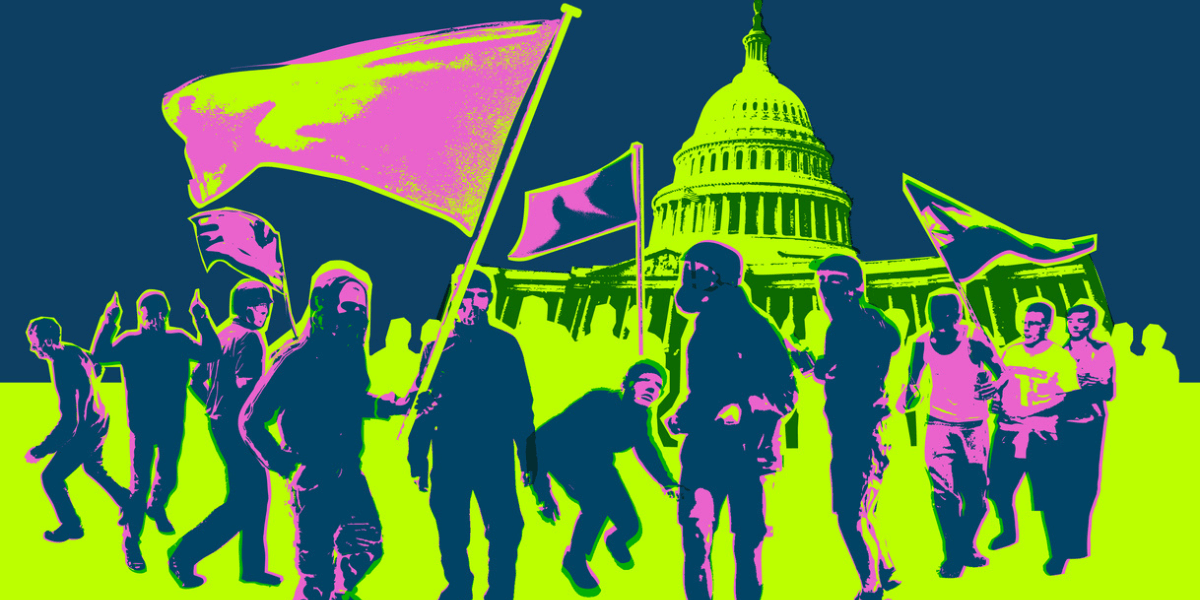Radical Signals: Looking for Signs of QAnon Radicalization on Twitter
Our team at USC proposed a novel way to model conspiracy theories on Twitter.
In 68 CE, the Roman emperor Nero committed suicide. “Or did he?” asked the ancient conspiracy theorists who were convinced Nero faked his death and was secretly planning a return to power. Conspiracy theories – explanations for events that involve secret plots by sinister and influential groups, often for political gain – are not a new human phenomenon. What is new, however, is the way they spread. In Nero’s day, word of mouth could only get a conspiracy theory so far. Today, social media platforms can give conspiracy theories a far greater reach.

